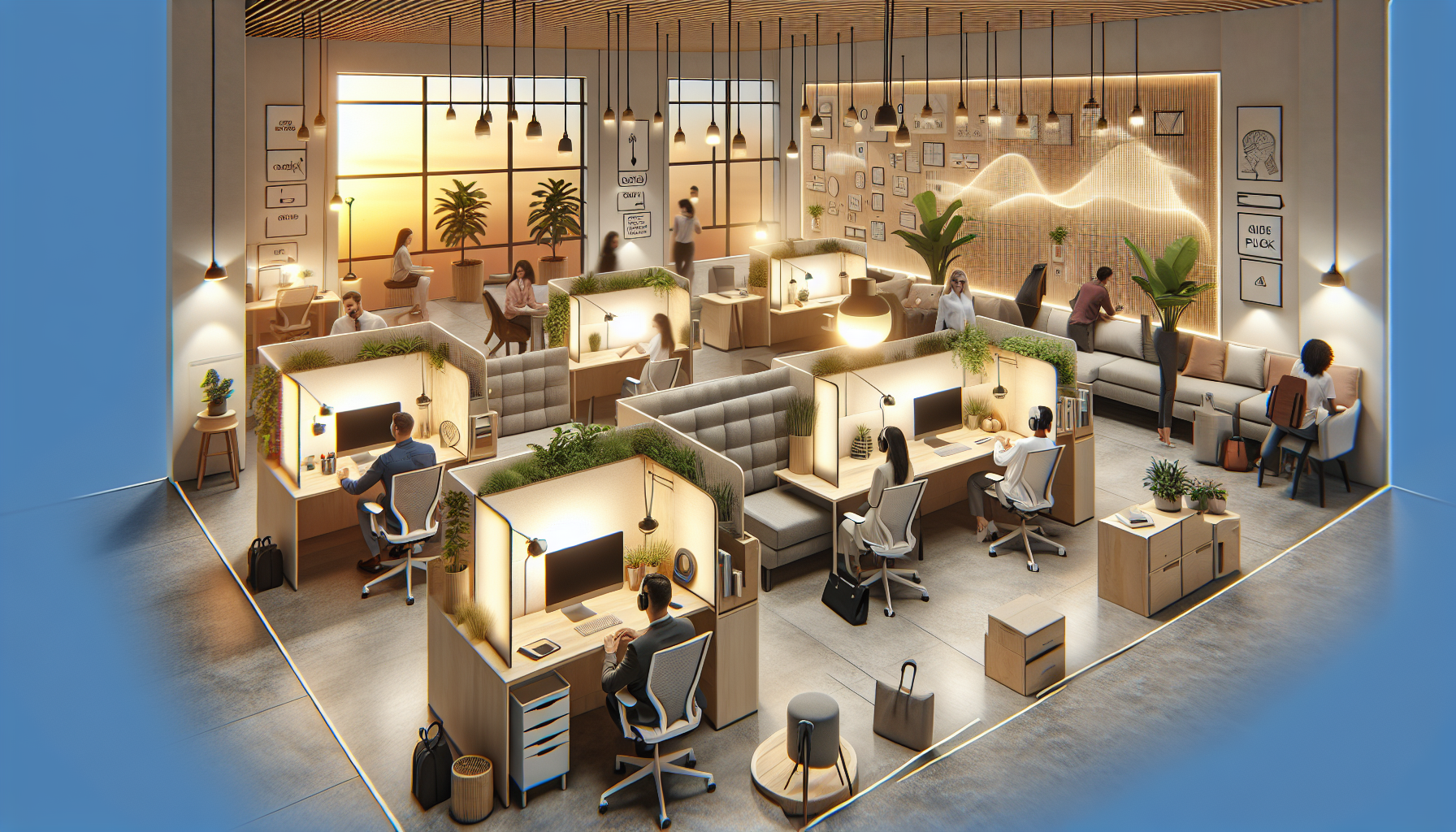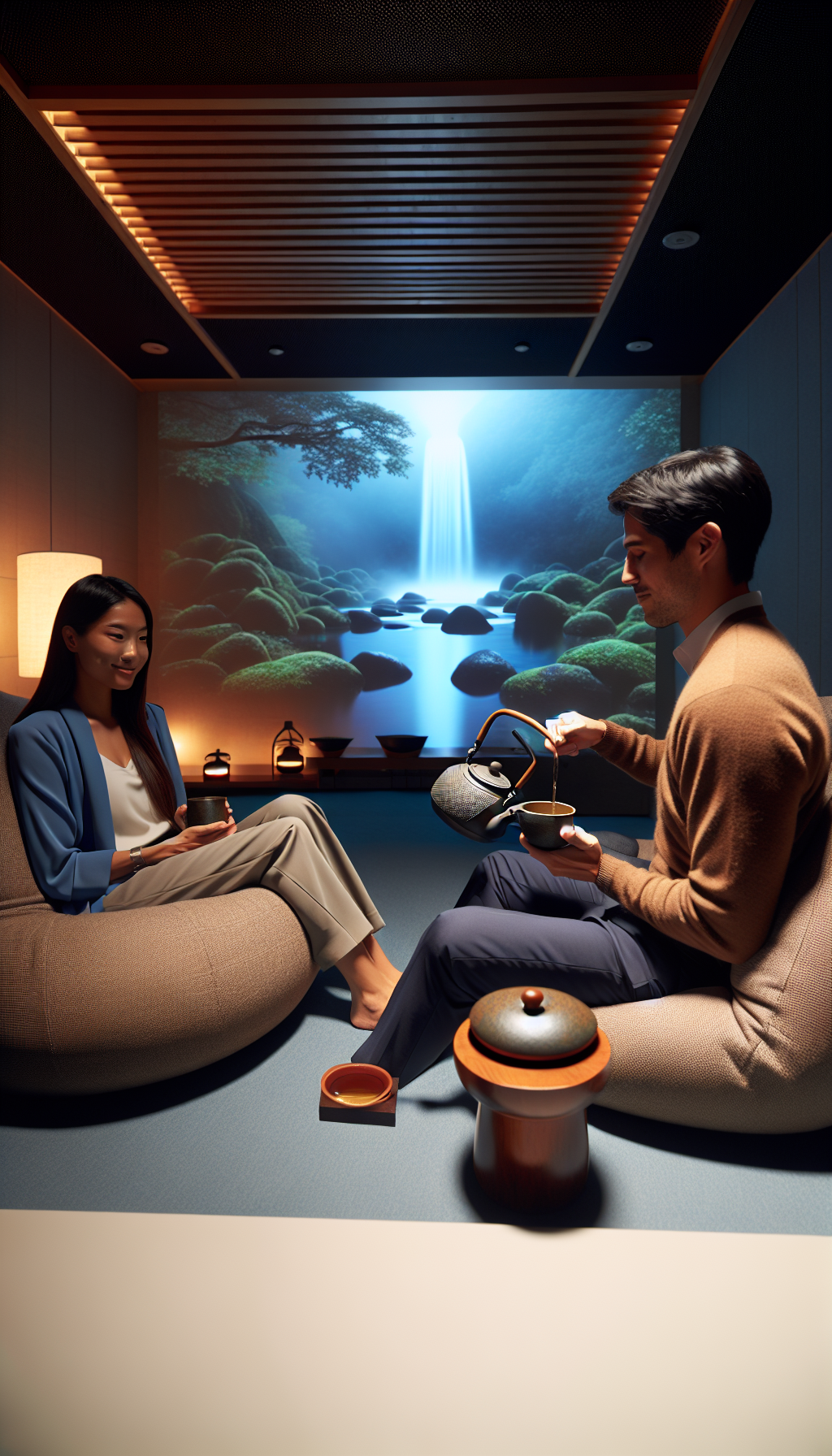In an age where the modern workplace is rapidly evolving, the conversation around sensory health is gaining unprecedented momentum. Employees across various industries are becoming increasingly aware of how their work environments affect their senses and, by extension, their overall well-being and productivity. Sensory overload—a condition where one is unable to process or manage the intensity or quantity of incoming sensory stimuli—can have profound effects on an individual’s professional performance and mental health.
Understanding Sensory Overload
Sensory overload occurs when the sensory input one receives from their environment becomes too overwhelming to manage effectively. This can lead to symptoms such as anxiety, restlessness, irritability, and difficulty concentrating. In the workplace, common sources of sensory overload include loud noises, bright or flickering lights, and constant digital notifications.
For individuals with Sensory Processing Disorder (SPD), these challenges can be even more significant. SPD affects the way the brain processes sensory information, leading to heightened sensitivities or under-responsiveness to environmental stimuli. Understanding the effects of SPD is crucial for creating inclusive and supportive work environments (Understanding the Effects of Sensory Processing Disorder in Adults).
The Role of Sensory Health in the Workplace
Sensory health plays a pivotal role in the overall occupational health and safety paradigm. It is the practice of recognizing and addressing sensory stimuli in the workplace to prevent sensory overload and cater to the needs of all employees, including those with SPD. By integrating sensory health considerations into workplace design and policies, organizations can foster a productive and comfortable environment for their workforce.
Designing Sensory-Friendly Workspaces
Creating a sensory-friendly workspace involves the thoughtful design of physical spaces to reduce the potential for sensory overload. This can include:
- Acoustic Modifications: Implementing sound-absorbing materials and designated quiet areas can help mitigate noise pollution, one of the primary contributors to sensory overload.
- Lighting Adjustments: Employing natural light, reducing glare, and providing options for personalized lighting can create a more visually comfortable space.
- Ergonomic Furniture: Providing adjustable furniture that supports good posture can reduce physical discomfort and the sensory impact associated with it.
Innovations in sensory room features, such as the inclusion of calming colors and textures, can also contribute to a more sensory-friendly workplace (Innovative Sensory Room Features for Enhanced Therapy).
Sensory Considerations for Public Infrastructure
Beyond the confines of the office, sensory-friendly design is also critical in public infrastructure. Transportation hubs, parks, and other public spaces can be designed with sensory considerations in mind, ensuring accessibility and comfort for sensory-sensitive individuals. Strategies for such design are discussed in the article on Designing Sensory Friendly Public Infrastructure.
The Importance of Breaks and Sensory Tools
Regular breaks are vital for employees to manage sensory input and avoid overload. Encouraging short, frequent breaks can help individuals reset their sensory systems. Additionally, providing access to sensory tools such as stress balls, noise-cancelling headphones, or fidget devices can offer immediate relief in overstimulating situations.
Training and Sensory Accommodations
Educating staff and management about sensory health is essential. Training can include information on identifying signs of sensory overload, strategies to support affected colleagues, and the benefits of sensory accommodations.
Sensory accommodations might include the option to work remotely, flexible scheduling, or the creation of personalized sensory profiles to tailor the work environment to individual needs. This is in line with the broader approach to sensory health in neurorehabilitation, which emphasizes personalized care (Key Approaches to Sensory Health in Neurorehabilitation).
External Resources for Further Exploration
To gain a deeper understanding of sensory overload and sensory health, the following niche resources are invaluable:
- The Sensory Processing Foundation: Offers resources on sensory processing challenges and supports research in the field.
- The International WELL Building Institute: Provides guidelines for buildings that support and enhance the well-being of occupants, including sensory considerations.
- The Job Accommodation Network: A service that provides expert advice on workplace accommodations and disability employment issues, including sensory needs.
- The Acoustical Society of America: Features research on noise control and its impact on human health and productivity.
- The Light and Health Research Center: Explores the effects of light on human health and behavior, providing insights into lighting design for well-being.
Each of these resources provides specific insights and data that can support and inform efforts to create a more sensory-friendly workplace.
Conclusion
Creating a sensory-friendly work environment is not just about responding to a niche need; it’s about recognizing the diversity of sensory experiences among all employees and taking proactive steps to ensure that workplaces are inclusive, healthy, and productive spaces. By understanding sensory overload and implementing strategies to mitigate it, organizations can support their employees’ well-being and foster a more positive and accommodating work culture.
As we continue to navigate the complexities of the modern work environment, the importance of addressing sensory health cannot be overstated. It is a critical component of occupational health and safety, and a necessary consideration for any organization looking to support its employees fully. By investing in sensory health initiatives, businesses can not only enhance the quality of life for their employees but also drive engagement, innovation, and success.



